Have you ever wondered what goes on in the minds of cats living together under one roof? It can look like a heartwarming family one moment and a soap opera the next. For many cat lovers, the dream of a multi-cat household is filled with visions of snuggles, play, and endless purring. But when fur starts to fly, emotions run high—not just for the cats, but for their humans, too. The truth about multi-cat homes is far more complex, fascinating, and, yes, emotional than most people realize. If you’ve ever felt lost in a storm of hissing, chasing, and tangled tails, you’re not alone. Let’s pull back the curtain and explore what really happens when multiple cats share a home—and how those emotional undercurrents shape their world.
Why Do People Choose Multi-Cat Homes?

The idea of adopting more than one cat is often rooted in love and compassion. Many people believe giving a home to multiple cats means more happiness for everyone involved. It’s also common for cat owners to feel that their pet might get lonely and crave a feline friend. For some, the decision to expand the feline family comes from a desire to rescue homeless or abandoned cats. Others simply fall in love with a new kitten or cat and can’t resist. There’s a sense of fulfillment in watching cats interact, groom, and play together. Some owners even feel like their cats form a little community, making the house feel livelier and warmer. But the motivations are as varied as the cats themselves, and each decision comes with its own expectations and surprises.
The Initial Introduction: First Impressions Matter

Introducing a new cat into a home with existing cats is rarely as simple as just opening the carrier. First impressions can set the tone for weeks or even years to come. Cats are creatures of habit and territory, so a sudden newcomer can feel like an intruder. The initial meeting is often tense, with lots of sniffing, posturing, and sometimes hissing or growling. Slow introductions, using scent swapping and gradual exposure, can make a huge difference. Giving each cat their own space to retreat to helps ease their anxiety. If things go well, the cats may begin to share spaces and even play together. But if introductions are rushed, emotional conflict can erupt quickly, turning what should be a friendship into a rivalry.
Understanding Cat Hierarchies

Cats naturally form social structures, even if they don’t look like the classic “alpha” pack. In multi-cat homes, subtle hierarchies develop, often based on age, confidence, or the cats’ personalities. Some cats become the “boss,” claiming the best spots in the house or first dibs at the food bowl. Others take a more submissive role, avoiding confrontation and letting the dominant cat lead. These roles aren’t set in stone and can shift over time, especially if a new cat joins the group or if one cat becomes ill. Watching the silent negotiations over who gets the sunny windowsill or the favorite chair can feel like witnessing a quiet political drama. These hierarchies are essential, but they sometimes spark emotional tension and even outright conflict.
Territory: The Heart of Feline Conflict

For cats, territory is everything. Each cat has a mental map of their home, with favorite spots for sleeping, eating, and playing. When another cat encroaches on these territories, it can trigger stress, anxiety, or aggression. In multi-cat households, territory disputes are one of the most common causes of emotional conflict. Sometimes, cats will mark their turf with scent glands on their face or even by spraying. These battles aren’t just physical; they involve lots of staring, body blocking, and subtle intimidation. Solutions often include providing more vertical space, like cat trees or shelves, and making sure there are enough resources for everyone. When each cat feels secure in their territory, emotional harmony is much easier to achieve.
Resource Guarding: Food, Water, and Litter Boxes
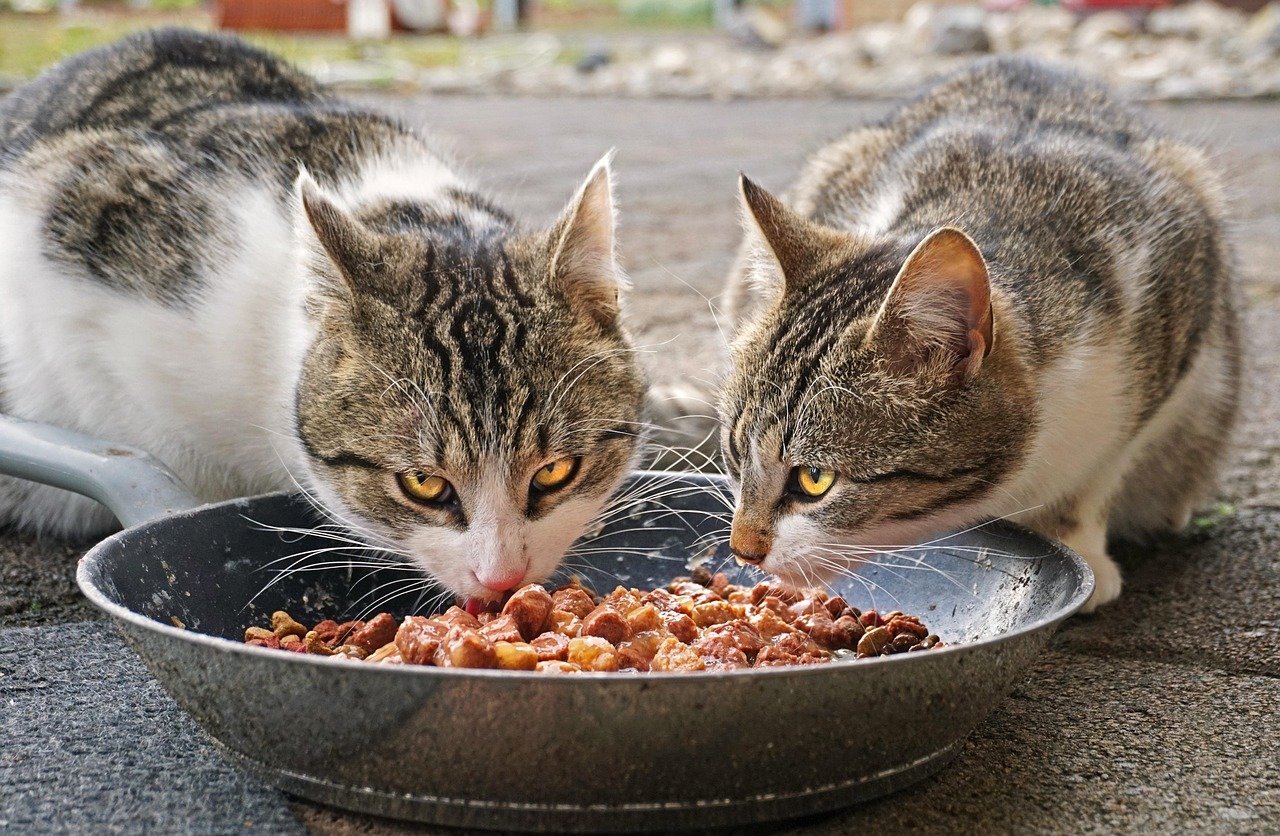
When it comes to essentials like food, water, and litter boxes, cats can become surprisingly possessive. Resource guarding isn’t always about aggression; sometimes it’s just a look or a subtle block at the food dish. Experts recommend having at least one more litter box than the number of cats, and the same goes for food and water bowls. If resources are scarce or too close together, it can spark daily squabbles and lingering resentment. Some cats will eat quickly and nervously, while others may avoid eating altogether if they feel threatened. Separating feeding stations and placing litter boxes in different rooms can help minimize competition. By ensuring every cat has access to what they need, you can reduce emotional stress and help your cats feel safe.
The Role of Play in Reducing Tension

Play isn’t just for kittens—it’s a powerful tool for easing emotional conflict in multi-cat homes. Interactive toys, like feather wands or laser pointers, can help cats release pent-up energy and frustration. Group playtime lets cats bond in a positive way, building trust and reducing anxiety. Play also provides an outlet for natural hunting instincts, which can otherwise turn into aggression toward housemates. Sometimes, even a cardboard box or crinkly paper is enough to distract cats from their differences. It’s important to supervise play if tensions are high, and to ensure that each cat gets individual attention. Regular play breaks up the monotony of daily life and can transform a tense household into one filled with laughter and fun.
Signs of Emotional Conflict in Cats

Cats don’t always show their feelings openly, so emotional conflict can be easy to miss. Look for subtle signs, like one cat avoiding certain rooms or refusing to use a shared litter box. Increased grooming or, conversely, a sudden lack of grooming can signal stress. Cats may also become more vocal, hissing or growling more than usual. These signs aren’t just about aggression—they can mean a cat is feeling anxious, threatened, or left out. Scratches or bite marks are obvious, but emotional wounds can run deeper. If you notice changes in behavior, eating, or sleeping patterns, it’s worth investigating. The sooner you spot emotional conflict, the easier it is to help your cats feel safe and secure again.
The Impact of Human Emotions on Cat Relationships

Believe it or not, cats are incredibly sensitive to their humans’ emotions. If you’re stressed, anxious, or upset, your cats will often pick up on it. Sometimes owners inadvertently play favorites, giving more attention to one cat and fueling jealousy in another. When humans react with frustration to fights or accidents, it can add to the cats’ stress. Creating a calm, loving atmosphere—no matter how chaotic things get—can help your cats feel more secure. Consistency in routines, gentle voices, and lots of patience go a long way. As one cat owner put it, “My cats always know when I’ve had a bad day—they’ll sit close or act out, depending on how I’m feeling.” Your mood can be the secret ingredient to harmony in a multi-cat home.
Jealousy and Attention-Seeking Behavior

Cats may not hold grudges the way humans do, but they are surprisingly prone to jealousy. A cat used to being the center of attention may act out when a new cat arrives. This can look like excessive meowing, knocking things over, or even aggressive behavior toward the newcomer. Some cats will demand more lap time, while others sulk or hide. Balancing attention is crucial, and setting aside one-on-one time with each cat can help. It’s important to reward calm, positive behavior rather than giving in to dramatic displays. Over time, most cats learn that love isn’t a limited resource, but the adjustment period can be rocky.
The Myth of Instant Feline Friendship

It’s a charming fantasy to think that all cats will instantly become best friends, but reality is usually more complicated. Some cats do bond quickly, forming a tight-knit pair or group. Others remain polite acquaintances, sharing space but not affection. And some simply never get along, no matter how much effort you put in. Expecting instant harmony sets everyone up for disappointment. Instead, patience and realistic expectations are key. Relationships may change over time, with slow progress and occasional setbacks. The important thing is to celebrate small victories, like a peaceful nap in the same room or a shared meal. Instant friendship is rare, but steady, gradual acceptance is far more common.
When Cats Just Don’t Get Along
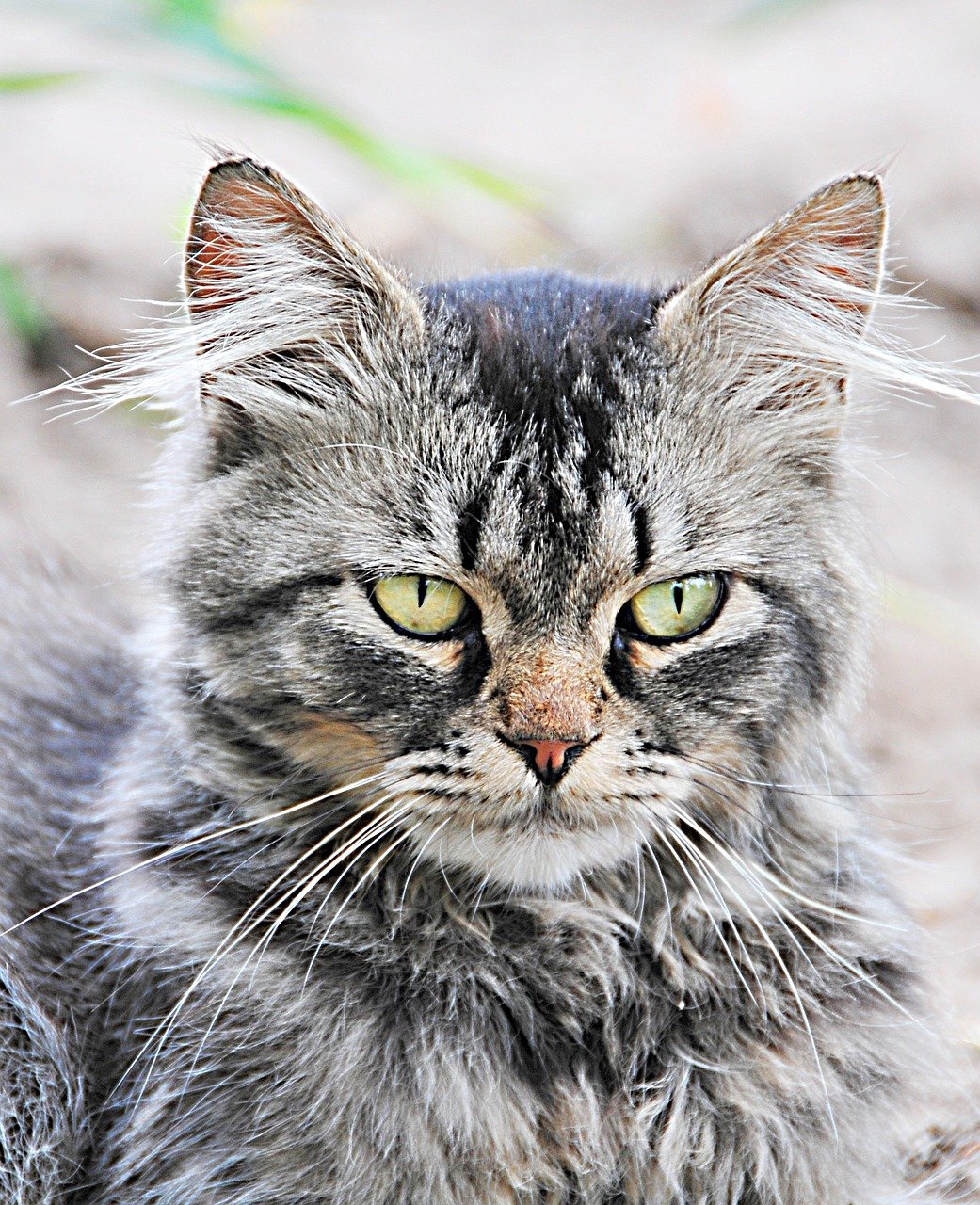
Sometimes, despite your best efforts, cats simply won’t coexist peacefully. There may be personality clashes, history of trauma, or just a lack of chemistry. In these cases, ongoing fights or stress can make life miserable for everyone. Solutions range from reintroducing the cats slowly to creating separate living spaces within the home. Some owners turn to feline behaviorists for help, while others make the difficult decision to rehome one of the cats. It’s a heartbreaking situation, but the well-being of both cats is what matters most. Accepting that not all cats will be friends is part of the reality of multi-cat homes.
Feline Communication: Reading the Signs

Cats are masters of subtle communication. They use body language, vocalizations, and scent to express their feelings and intentions. A slow blink can be a sign of trust, while a swishing tail or flattened ears often mean trouble is brewing. Purring isn’t always a sign of happiness; sometimes it’s a way to self-soothe in stressful situations. Understanding these signals can help you intervene before conflicts escalate. Watching your cats’ interactions closely and learning their unique signals is like unlocking a secret language. The more you pay attention, the easier it is to spot brewing conflicts and step in with reassurance or redirection.
The Importance of Routine and Predictability

Cats thrive on routine, and any disruption can lead to emotional upheaval. Feeding, playtime, and cleaning schedules should be as consistent as possible. When a new cat arrives, or if there’s a major change in the household, sticking to routines can help everyone adjust. Predictability makes cats feel safe, reducing the likelihood of emotional conflict. Even small changes, like rearranging furniture or changing the location of a litter box, can be stressful. By keeping life predictable and steady, you can help your cats adapt more easily to sharing their home. Routine is like a comforting lullaby that soothes feline nerves.
Dealing With Bullying and Victimization

In some multi-cat homes, one cat becomes a bully, constantly harassing or intimidating another. This can lead to chronic stress, health problems, and even litter box issues for the victim. Bullying often happens when one cat feels insecure or threatened by the other’s presence. Providing plenty of hiding spots, vertical spaces, and escape routes can help the target cat feel safer. Sometimes, using calming pheromone sprays or diffusers can take the edge off. Intervening gently—without punishing—shows both cats that you’re paying attention. Addressing bullying early prevents long-term emotional scars and helps restore peace to your home.
Health Issues Triggered by Emotional Conflict
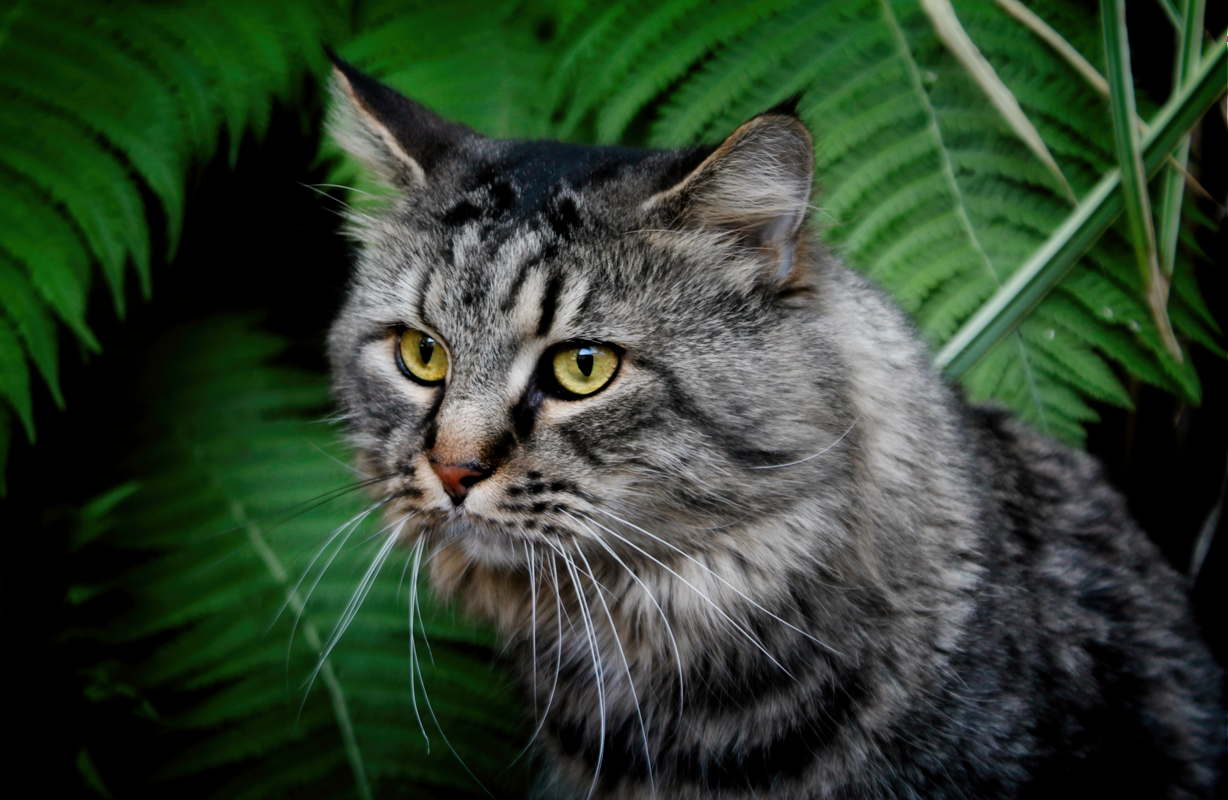
Just like people, cats can get physically sick from emotional stress. Common problems include over-grooming, hair loss, digestive issues, and urinary tract problems. Stress can weaken the immune system, making cats more prone to infections. If you notice your cat is suddenly eating less, hiding more, or showing changes in litter box habits, it could be stress-related. Regular vet checkups can catch problems early, but the best medicine is prevention. By managing emotional conflict and providing a safe, loving environment, you can help your cats stay healthy inside and out.
The Benefits of Feline Companionship

Despite the challenges, multi-cat homes can be incredibly rewarding. Watching cats groom each other, play together, or curl up in a sunbeam side by side is pure joy. Feline friendships can be deep and enduring, bringing comfort and happiness to both cats and their humans. Some cats even help each other overcome shyness or anxiety. The companionship of another cat can ease loneliness and provide entertainment when humans are away. Multi-cat homes often feel more lively, with more purring, more play, and more love to go around. The rewards are real, even if the journey is sometimes bumpy.
Senior Cats and Emotional Conflict

Older cats can face unique challenges in multi-cat homes. They may be less tolerant of rowdy kittens or changes in their routine. Senior cats are often set in their ways, making them more sensitive to stress. Introducing a new cat to an older one requires extra patience and care. Providing quiet, safe spaces and monitoring health closely is important. Sometimes, seniors become targets of bullying or are pushed aside at mealtimes. Keeping an eye on their well-being ensures they enjoy their golden years in comfort, even in a bustling household.
Kittens in the Mix: Chaos or Harmony?

Adding a kitten to a multi-cat home can bring both chaos and laughter. Kittens are full of energy and curiosity, which can be overwhelming for older, more reserved cats. The playful attacks and constant movement may be seen as threats, leading to hissing or swatting. Slow introductions, supervised play, and giving older cats space to retreat help ease the transition. Kittens often adapt quickly and can learn from adult cats, picking up social cues and household routines. Over time, what starts as chaos can turn into a beautiful friendship—or at the very least, peaceful coexistence.
Finding Balance: Tips for a Peaceful Multi-Cat Home
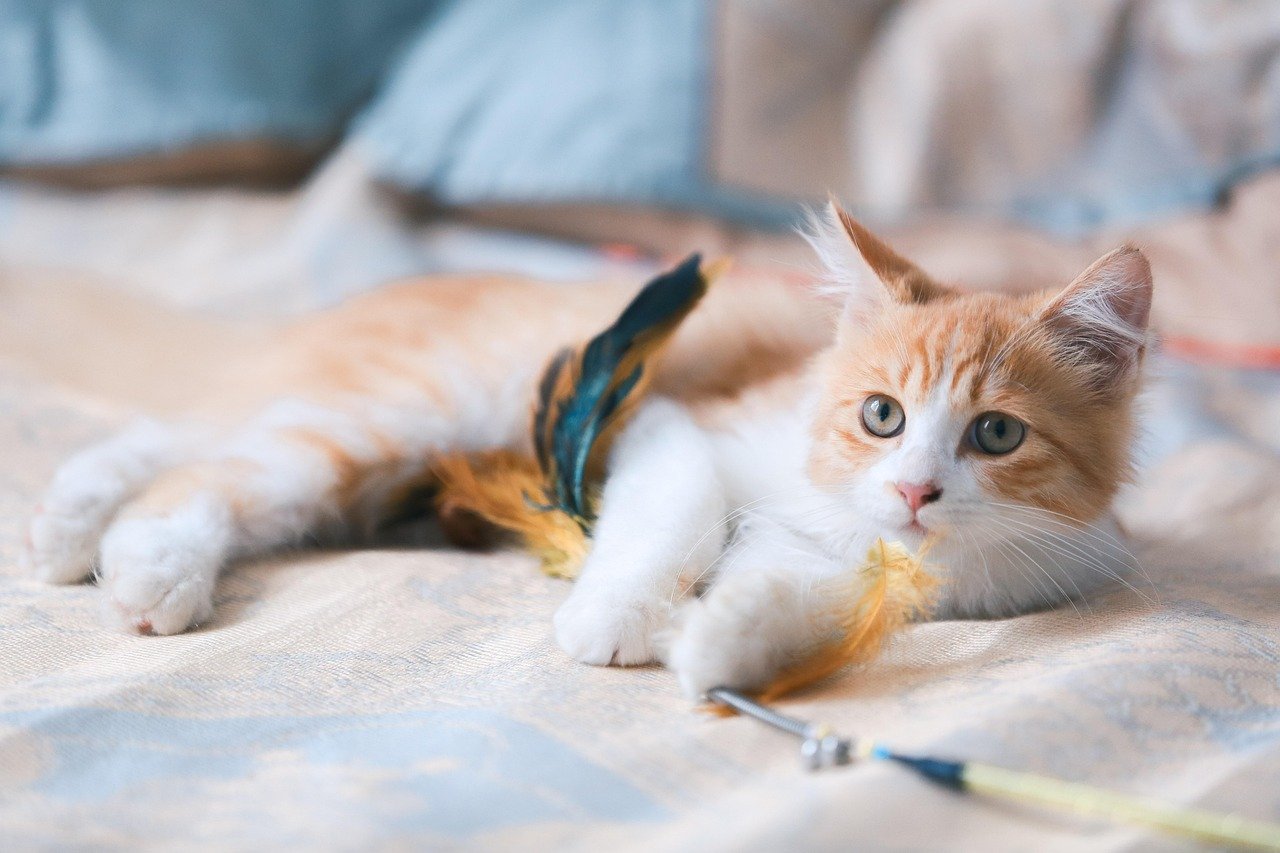
Achieving harmony in a multi-cat home is a balancing act. Here are a few practical tips:
– Provide enough resources: food bowls, water, litter boxes, and resting spots.
– Use vertical space: cat trees and shelves give cats room to climb and claim their own territory.
– Stick to routines: predictable schedules reduce anxiety.
– Play with your cats: both together and individually.
– Watch for signs of stress: intervene early if you see trouble brewing.
– Give each cat personal attention, so no one feels left out.
Balance comes from understanding each cat’s needs and personalities, and being willing to adjust as things change.
When to Seek Professional Help
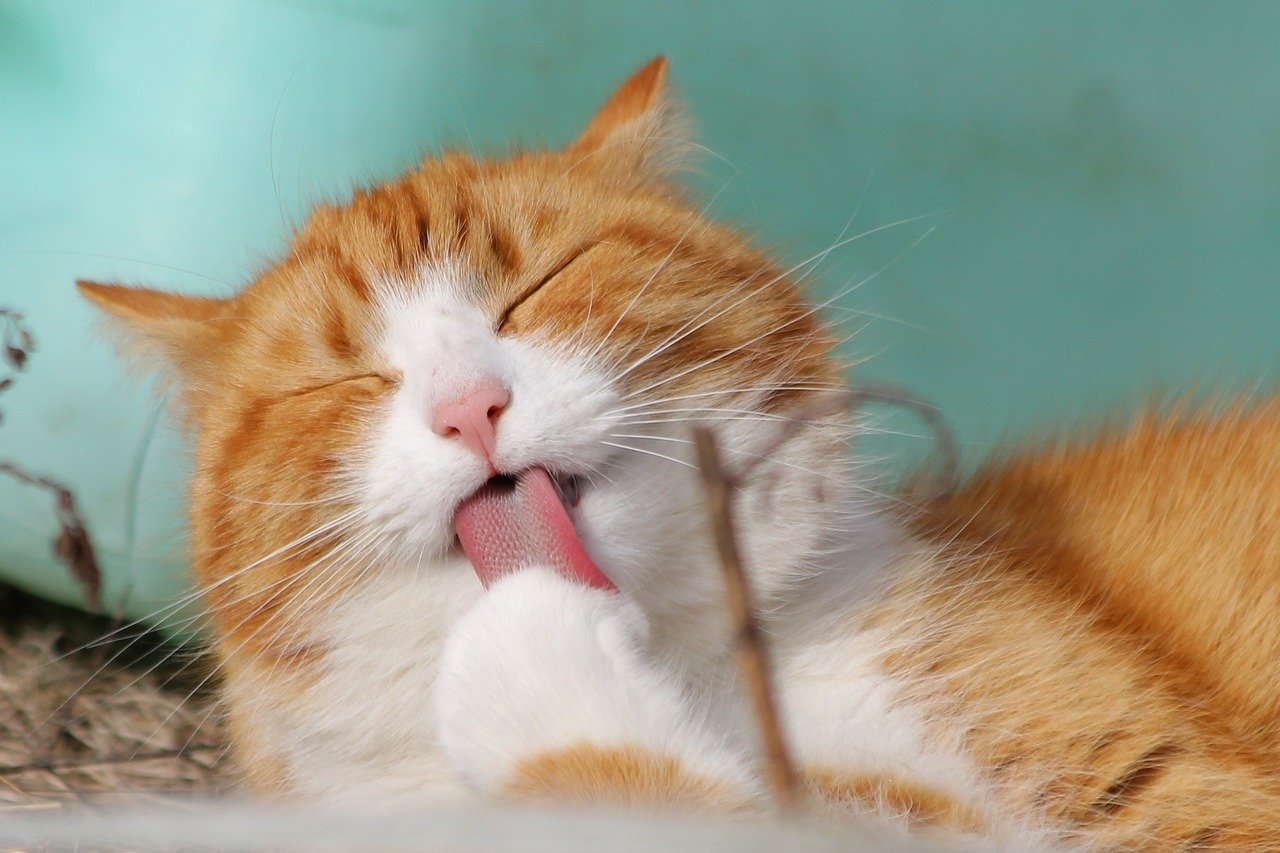
Sometimes emotional conflict escalates beyond what you can manage at home. If cats are fighting aggressively, showing signs of severe stress, or one cat is being bullied relentlessly, it’s time to seek help. Veterinarians can rule out medical causes for behavior changes, while feline behaviorists offer tailored strategies for your unique situation. Don’t wait until things are unbearable—early intervention can make all the difference. Asking for help isn’t a failure; it’s a sign of love and commitment to your furry family. With the right guidance, even the most challenging situations can improve.
Hi, I’m Bola, a passionate writer and creative strategist with a knack for crafting compelling content that educates, inspires, and connects. Over the years, I’ve honed my skills across various writing fields, including content creation, copywriting, online course development, and video scriptwriting.
When I’m not at my desk, you’ll find me exploring new ideas, reading books, or brainstorming creative ways to solve challenges. I believe that words have the power to transform, and I’m here to help you leverage that power for success.
Thanks for stopping by, Keep coming to this website to checkout new articles form me. You’d always love it!






